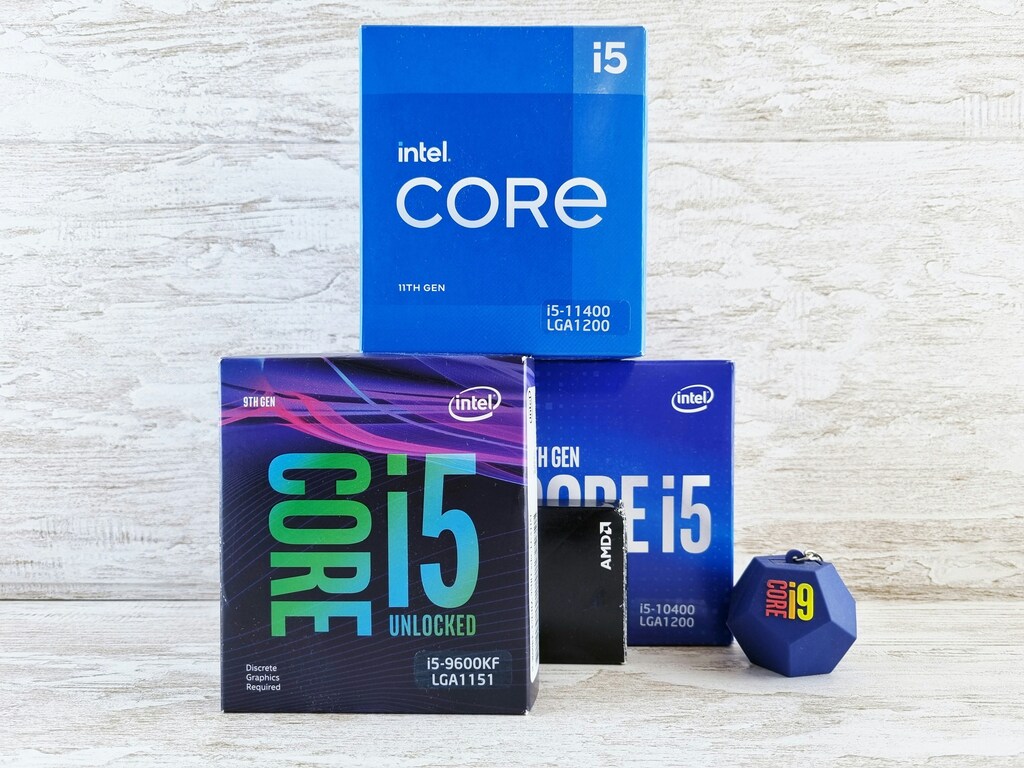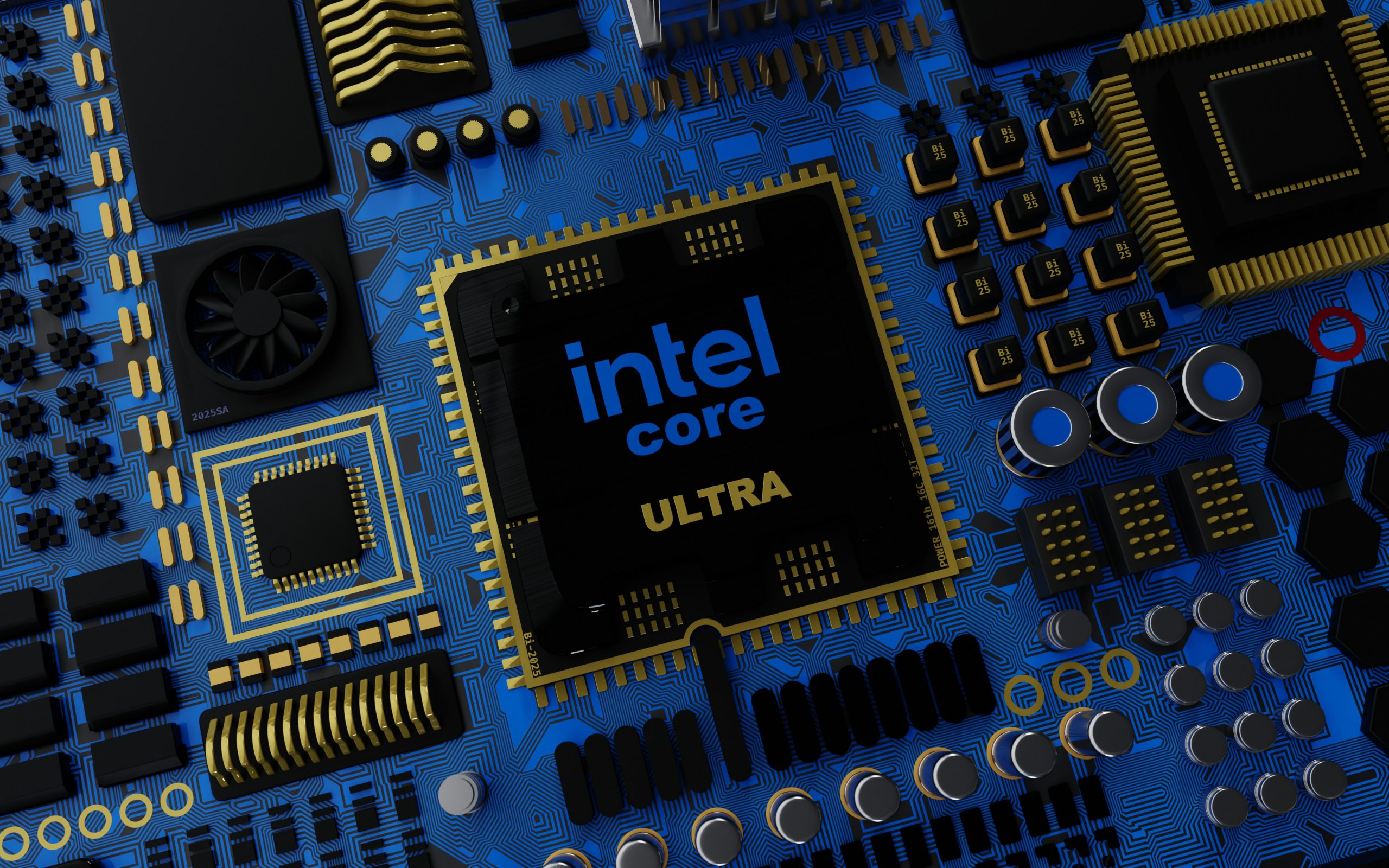Introduction
Why is Intel stock so cheap? We discuss the main concerns regarding Intel stock and observe how it fared in the AI age, coupled with its financial values. Understand Intel company profile, its products and services and whether to invest in Intel stock.
The world of technology is a constantly shifting one, and as Intel (INTC) has experienced over the past several years, it poses difficult questions concerning its market strategy and future profitability. While Intel used to be a world leader in semiconductor production, the company now faces growing competition pressure from such players as AMD and NVIDIA, notably in AI. Due to the declining market share and delayed product launches, investors are wondering ‘why is Intel stock so cheap?’ To answer this question, it is important to understand the company’s business model, its product portfolio, and current financial position. [1]
What is Intel (INTC) Doing Now in the AI Era?
In the current age of AI, Intel is strategizing to transform the company into one of the leading market players in the artificial intelligence (AI) market. Further, it has introduced new products based on artificial intelligence such as the Gaudi processors which are customized for deep learning applications. These processors which Intel obtained from its acquisition of Habana Labs are being applied in data center AI uses placing Intel as a rival in the high-performance AI chip market. Further, Intel Xeon Scalable processors are being developed for AI applications, including machine learning, data analysis, and cloud for business purposes. [2]
Furthermore, Intel is also broadening AI through its collaboration with cloud service providers and AI becoming a part of Intel strategy in more segments like 5G and edge computing. Intel plans to leverage the growing trend of AI on the edge, where data is processed as near to the point of origin as possible. To make Intel a major player in the AI market, it aims at providing AI hardware, software and developers’ tools which complements with software market leaders such as NVIDIA despite the company still facing the challenge of how to capture a large share of the market. Know about nvidia stock price prediction 2030.
Businesses of Intel (INTC)
- Client Computing Group (CCG): CCG is arguably Intel’s most famous business segment given that it handles processors for PCs, laptops, and workstations. Intel’s, Core i-series and Pentium processors continue to be core to its consumer hardware. However, Intel has faced intense competition from AMD in this segment especially in gaming and high-performance PCs.
- Data Center and AI Group (DCAI): This is one of the main growth segments for Intel with core platforms and AI hardware for data centers and cloud service providers. This business has relied heavily on these processors, especially in cloud computing and machine learning applications. It also focuses on the development of AI-focused semiconductor products like its Gaudi processors for deep learning purposes to strengthen its position in AI hardware. [3]
- Network and Edge Group (NEX): This division helps Intel support infrastructures for 5G, IoT, and other edge computing settings. The company provides parts to telecommunication and enterprise customers desiring to implement high-performance networking solutions. Intel’s Xeon D class of processors are central in solutions for the Edge, which includes smart cities and the Internet of things.
- Accelerated Computing Systems and Graphics (AXG): This segment is Intel’s foray into the graphics card and GPU industry. With its new line of GPUs Intel Arc, the company is targeting the NVIDIA and AMD markets, seeking to offer graphics solutions for gaming, content generation, as well as AI-based graphics acceleration.
- Mobileye: Further, Intel entered into the acquisition of Mobileye which focuses on the development of autonomous car technology to incorporate AI and machine learning into the automotive business. Mobileye focused on computer vision and self-driving car systems making Intel get into the growing market of autonomous vehicles. [4]
- Foundry Services (IFS): Intel has shared its vision of becoming the largest foundry provider of semiconductor manufacturing for other chip makers. This business move is to secure demand for semiconductors and rival foundry goliaths like Taiwan Semiconductor Manufacturing Company (TSMC).
It is important to notice that Intel’s business model is diverse and penetrates a multitude of technological spheres, such as artificial intelligence, autonomous vehicles, and cloud-based services. These segments are strategic efforts to reclaim the leadership position in the semiconductor industry and leverage the AI revolution.
Key Products on Intel

Intel Xeon Processors: Xeon processors are manufactured and popularly used by Intel especially in data centers and cloud computing environments. This processors are optimized for heavy workloads such as, artificial intelligence training, real-time processing, and virtualization which makes it a darling of the enterprises and cloud service providers. The Xeon series targets various features including multi-core support and high memory bandwidth guarantee for optimal functionality in complex habitats such as cloud services, artificial intelligence, and big data processing. [5]
Core i-series Processors: Core i-series processors are widely used globally in both consumer and business personal computers by Intel. The i3, i5, i7, and i9 are processors renowned for their usefulness in various devices including laptops and desktops of varying prices. These processors strike a perfect balance between power, efficiency, and speed suitable for browsing, gaming, content creation, and business use.
Mobileye: Mobileye is an Intel company that specializes in the creation of technologies for autonomous driving cars. Mobileye’s goal, with the help of AI and computer vision, is to develop ADAS and self-driving car technologies. Their technology helps identify road environment features such as road infrastructure, other automobiles, and even pedestrians to make self-driving more secure. Mobileye is relevant to Intel’s vision of building AI into mobility solutions for the future. [6]
Why is Intel Stock So Cheap
Stock Forecast for Intel (INTC)
| Metric | Value (TTM 2024) |
| PE Ratio | 91 |
| PB Ratio | 0.76 |
| Market Cap | $93.39 billion |
| Fair Value (Estimate) | $40 per share |
| Cost of Capital | 7.5% |
| Free Cash Flow | Decreased (-47.7%) |
| Revenue Growth YoY | -13.9% (2021-2024) |
| EPS | $0.24 |
| EBITDA | Decreased (-23.5%) |
Intel’s Struggles and Risk
A good question that makes people interested in purchasing or investing in the firm’s stocks is Why is Intel stock so cheap? New competition from AMD and NVIDIA, delayed product releases, and declining revenues have led to a slide in Intel’s stock price despite its attempts to regain lost ground in the AI segment.
Intel has suffered a number of trials that have affected the company’s financial situation in the past few years. One of the main challenges is declining revenues, as Intel has been gradually losing market share to products from companies like AMD and NVIDIA in such segments as high-performance CPU and AI chips. This has also had an impact on free cash flow as the company is experiencing a decline in revenues and is unable to increase profitability enough to fund the necessary investments that would help the company regain a competitive edge.
There being lower EPS (Earnings per Share) and reduced EBITDA (Earnings before Interest, Taxes, Depreciation, and Amortization) in the recent years implies that Intel has experienced lower net income and declined operational efficiency.
Moreover, the PB ratio of 0.76 which compares the current price of the stock to the book value of the company, it can be seen that the market has a relatively low perception of the value of the company’s assets. This undervaluation, coupled with decreasing financial variables, has placed Intel as a high risk stock this reason, exuberant challenges and competition and fragile financial health are some of the challenges that Intel faces. [7]
Insights
Is Intel a good stock to buy?
Looking at the P/E ratio which stands at 91, and the P/B ratio which stands at 0.76, the stock looks undervalued. The value of stock currently stands at $40 which has the possibility of increasing if it is able to establish steady operations.
Is Intel a high-risk investment?
Yes, Intel is currently a high-risk stock since it recorded decreasing revenue, EPS, and EBITDA. This means that despite its market, its performance indicators point towards a struggling market.
Why is Intel stock struggling?
It is clear that Intel has been having issues concerning business losses in the last few years and increased competition in the semiconductor industry. These struggles are evident in the reduction in revenue and cash flow as a key explanation.
Is Intel financially stable?
Currently, Intel has lost a significant amount of financial health as its revenue, EPS and EBITDA have sharply declined, which would mean that the company has internal and current market issues that it needs to solve.
Conclusion
Since Intel has not been able to meet up with other companies in the AI segment and traditional CPU segment, its stocks are currently rather weak. Another reason is that the company’s recent financial results have not been strong, which has resulted in the company’s price-to-earnings ratio being low. It is therefore contingent upon Intel to recover the space it has lost in the semiconductor market, make most out of AI related projects as well as establish better financial figures.
**Please be informed that the content is informational and by no means serve as a buy or sell signal. The company is not responsible for the loss of capital.






